
The Timeless Beauty of Wolf Paintings
Wolf painting has long been cherished as a captivating art form that allows artists to capture the essence and beauty of these majestic creatures. Through skillful brush strokes and careful attention to detail, painters bring wolves to life on canvas, showcasing their strength, grace, and untamed spirit.
The Symbolism of Wolves in Art
Wolves have inspired artists for centuries, symbolizing a wide range of meanings across different cultures. In Native American traditions, they are seen as powerful protectors and guardians of the wild. In European folklore, they often represent loyalty, wisdom, and a connection to the natural world. Wolf paintings, therefore, hold a profound symbolic significance, inviting viewers to contemplate the mysteries and complexities of the human-animal relationship.
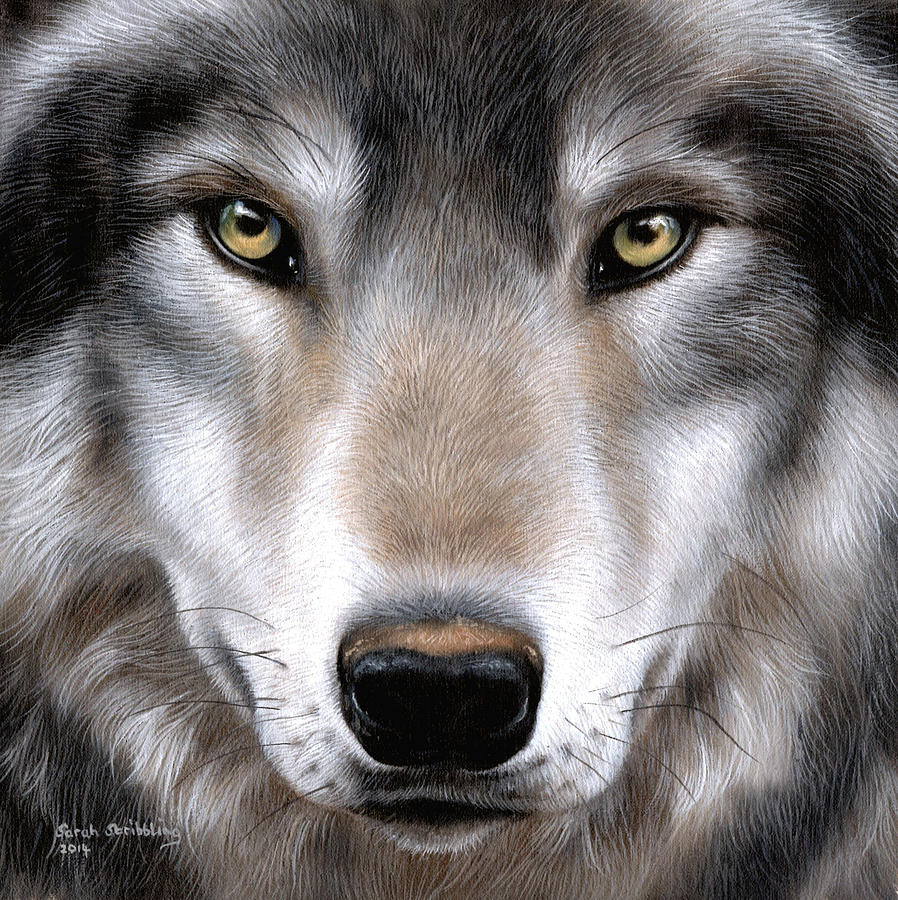
The Artistic Techniques of Wolf Painting
Artists employ various techniques to bring their wolf paintings to life. Some artists may choose to work with oil paints, which allow for rich colors and textures. Others may prefer watercolors or acrylics for a more fluid and translucent effect. Regardless of the medium, the key lies in capturing the wolf's distinctive features, such as its piercing eyes, thick fur, and powerful stance.
Realism and Impressionism in Wolf Paintings
Wolf paintings can be categorized into different artistic styles, with realism and impressionism being the most prominent. Realism aims to portray wolves with meticulous attention to detail, often depicting them in their natural habitat. On the other hand, impressionism focuses on capturing the essence and mood of the wolf, utilizing loose brushwork and vibrant colors to evoke emotions.

The Beauty of Wolf Portraits
Wolf portraits are a popular subject within the realm of wolf painting. These close-up depictions emphasize the wolf's facial expressions, showcasing their intelligence, curiosity, and wild spirit. By capturing the intricate details of their eyes, artists can evoke a sense of connection and empathy between the viewer and the animal.
Wolf Painting as a Form of Wildlife Conservation
Aside from their aesthetic appeal, wolf paintings also serve as a powerful tool for wildlife conservation. By depicting these magnificent creatures in their natural habitats, artists raise awareness about the importance of preserving their ecosystems and protecting their existence. Through art, viewers are encouraged to appreciate the beauty of the natural world and take action to safeguard it.
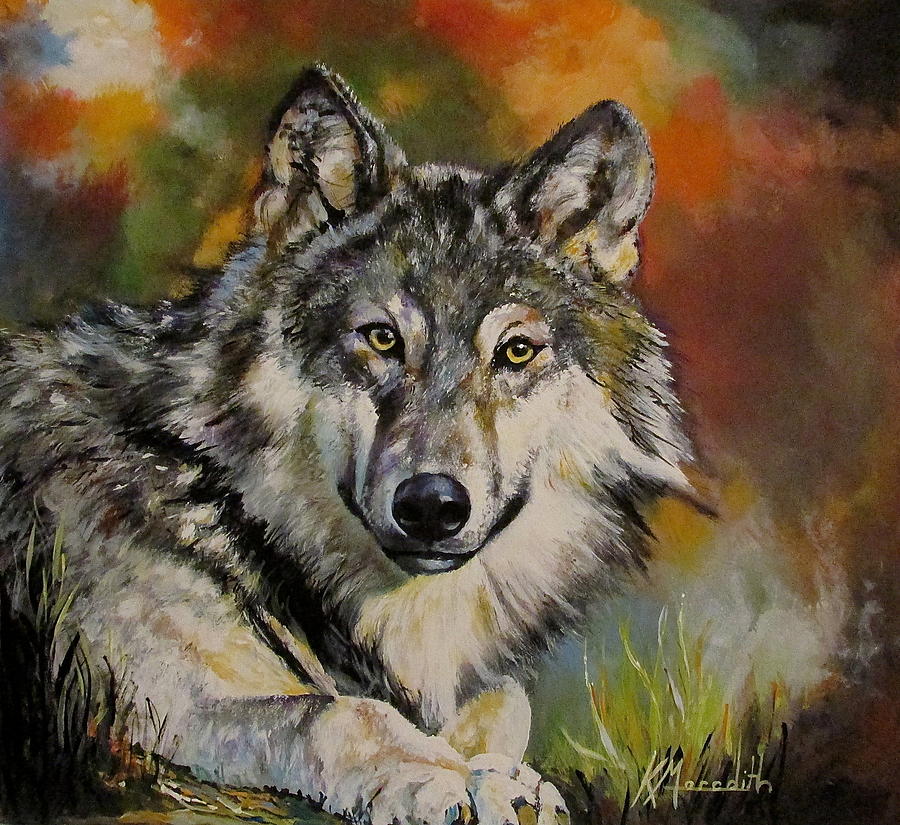
Famous Wolf Paintings Throughout History
Over the years, numerous artists have created iconic wolf paintings that have left a lasting impact on the art world. One such example is "The Last of the Wild" by Carl Rungius, which portrays a lone wolf against a vast and dramatic landscape. Another renowned artwork is "Running Wild" by Robert Bateman, capturing the energetic movement of a pack of wolves in action.
Exploring Wolf Painting Techniques
For aspiring artists interested in capturing the spirit of wolves on canvas, there are various techniques to explore. One approach is to begin with a detailed pencil sketch, gradually adding layers of paint to build depth and dimension. Another technique involves using a dry brush to create textured fur and blending colors to achieve a realistic portrayal.
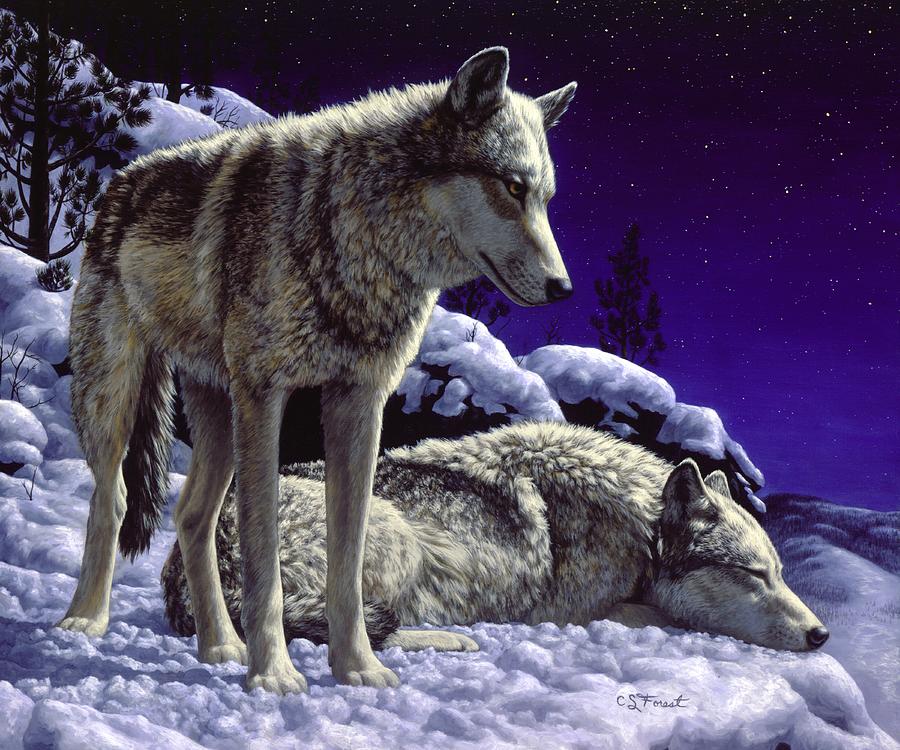
Choosing the Right Reference Photo
When embarking on a wolf painting journey, selecting the right reference photo is crucial. It should showcase the desired pose, lighting, and expression that the artist aims to capture. The photo should also offer a clear view of the wolf's anatomy, enabling the artist to accurately depict its proportions and features.
Adding Depth and Atmosphere
To create a visually captivating wolf painting, artists often incorporate elements of depth and atmosphere. This can be achieved by using various painting techniques such as glazing, where translucent layers of paint are applied to create a sense of depth and luminosity. Additionally, adding a subtle background landscape can enhance the overall mood and context of the artwork.
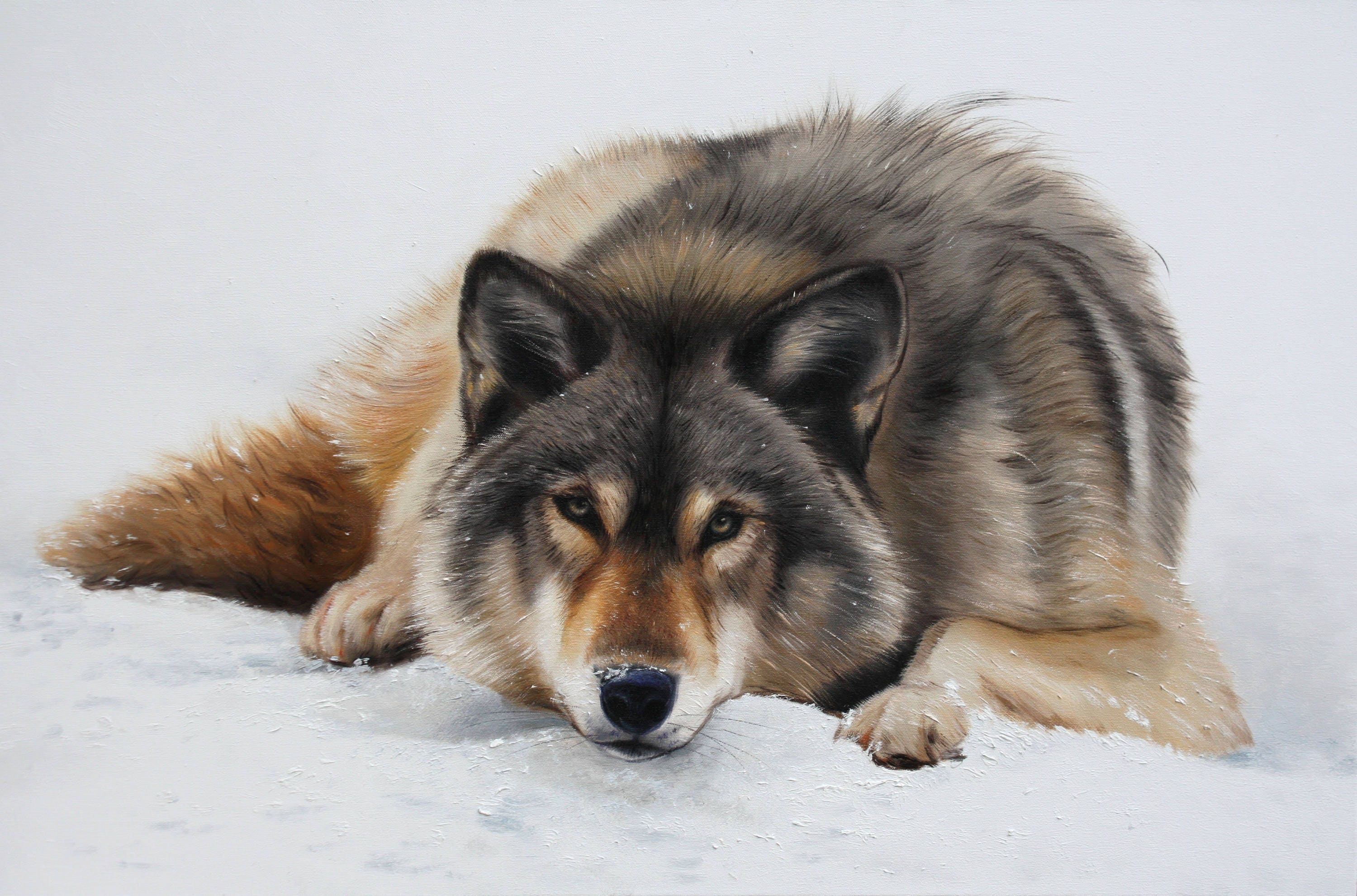
Exploring Color Palettes
Choosing the right color palette is essential in conveying the mood and atmosphere of a wolf painting. Earthy tones, such as browns, grays, and ochres, are commonly used to depict the wolf's fur and natural surroundings. Additionally, incorporating hints of blues and purples can add a touch of mystique and enhance the overall visual impact.
The Emotional Power of Wolf Paintings
Wolf paintings have the remarkable ability to evoke a wide range of emotions within viewers. Whether it's a sense of awe at their untamed beauty, a feeling of tranquility in observing them in their natural habitat, or a connection to their fierce determination, these artworks have a profound impact on the human psyche.
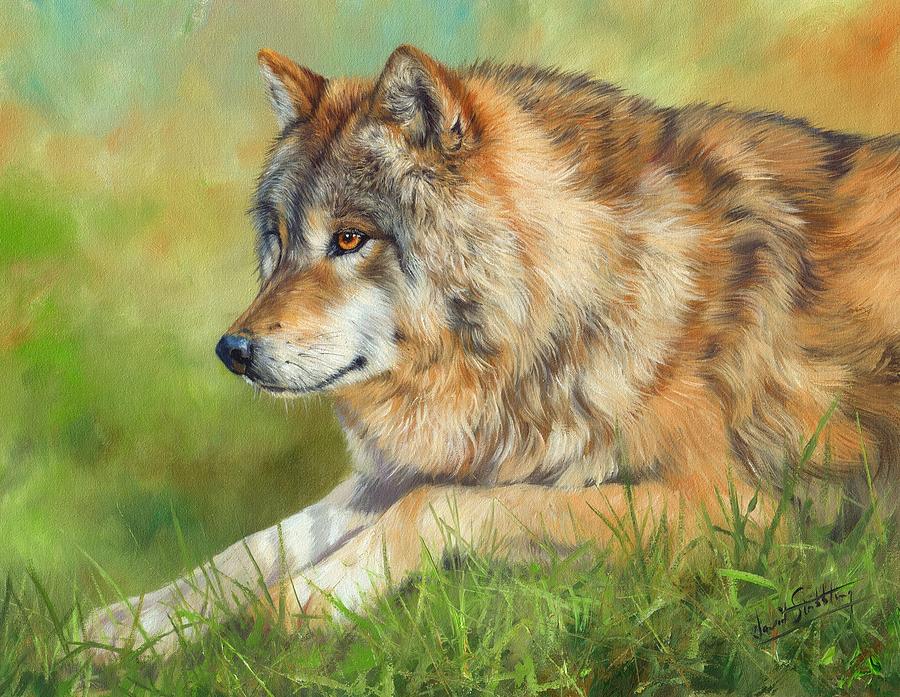
Wolf Painting as a Therapeutic Art Form
Engaging in wolf painting can also be a therapeutic and meditative experience. The process of immersing oneself in the detailed strokes and intricate details allows artists to find solace and express their creativity. It provides an outlet for self-reflection, mindfulness, and a deep connection with nature's wonders.
Wolf Paintings in Interior Design
Wolf paintings can also be a striking addition to interior design, adding a touch of nature's beauty to any space. Whether displayed in a living room, bedroom, or study, these artworks serve as conversation starters and focal points, infusing the environment with a sense of wildness and adventure.

The Enduring Allure of Wolf Paintings
As time goes on, the allure of wolf paintings remains as strong as ever. These captivating artworks continue to enchant viewers, inviting them into a world where the untamed and the civilized coexist. Whether it's the raw power, the enigmatic gaze, or the delicate beauty of wolves, these paintings are a testament to the enduring connection between humans and the animal kingdom.
Meta Description:
Discover the captivating world of wolf painting, where artists skillfully capture the majesty and symbolism of these magnificent creatures. From exploring artistic techniques to famous wolf paintings throughout history, immerse yourself in the wild beauty that is wolf art.
Meta Keywords:
wolf painting, wolf art, wildlife art, wolf paintings throughout history, artistic techniques, symbolism of wolves, wolf portraits, realism in art, impressionism in art, therapeutic art